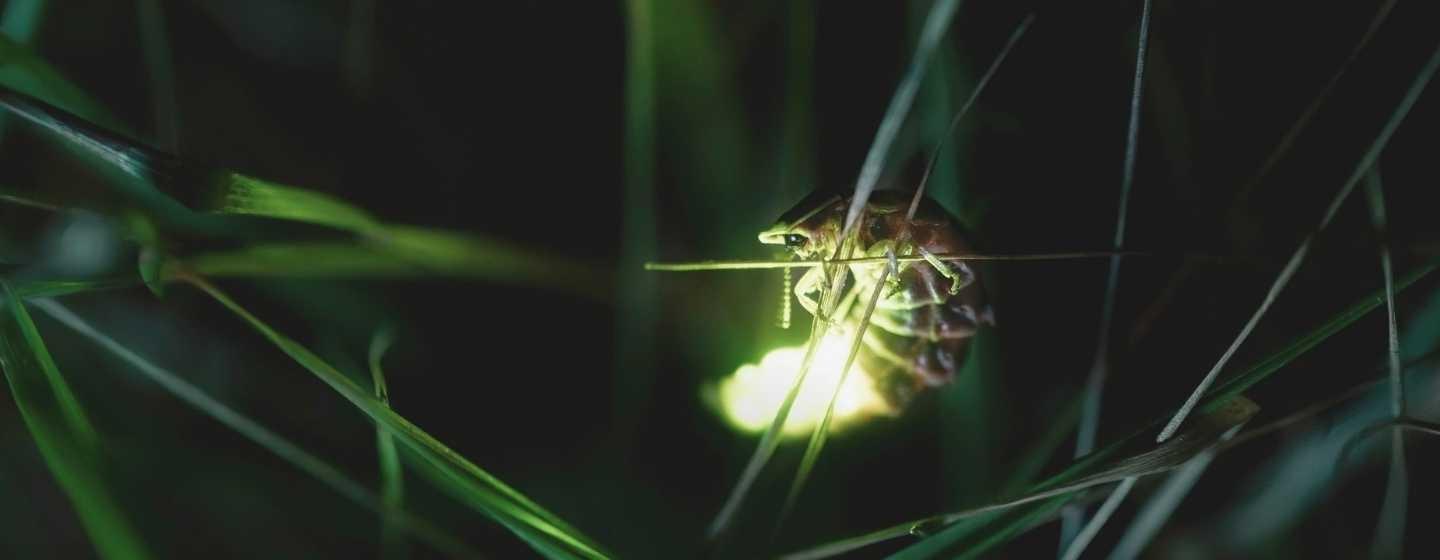Firefly Magic Is In Danger


No matter how old you are, seeing fireflies sparkling, twinkling and hovering in parks or even your own backyard is magical. As if you're in a Disney movie, all that pixie dust comes to life right in front of you.
What’s not known is how long that firefly magic will continue. Scientists say fireflies are disappearing from forests, fields and marshes all over North Carolina and around the country, and human activity is to blame.
Clyde Sorenson, an entomologist at North Carolina State University, says light pollution, inappropriate use of pesticides and development are the biggest threats to fireflies.
North Carolina has a diverse population of fireflies, according to Sorenson. Fireflies in coastal areas differ from fireflies in the mountains and all are threatened in unique ways.
“Fireflies use the darkness to communicate,” said Sorenson. “They fly specific patterns and glow as part of their mating ritual. But if there’s too much ambient light it could alter the behavior of the insects.”
Both male and female fireflies use their flashing lights to communicate; their language of lights attracts mates, defends territory and warns of predators.
But human light pollution is believed to interrupt firefly flash patterns. Researchers have observed that fireflies get out of synch for a few minutes after a car’s headlights pass.
It’s also likely that light from homes and streetlights make it difficult for fireflies to signal each other during mating. That would mean fewer firefly larvae are born the next season.
Most species of fireflies spend their lives as larvae living in rotting wood and the mix of leaves, branches and grasses that litter the forest floor. They prey on earthworms and slugs in the soil. Fireflies pretty much stay where they are for most of their life.
Pesticides can change the predator and food balance. In addition, as more land development occurs, the fireflies’ habitat disappears.
"We need to make sure we understand what populations we have and where they live, especially when it comes to rare firefly species,” said Sorenson.
Sorenson recently discovered a population of synchronous fireflies living on Grandfather Mountain. Those fireflies were thought to only be found in Great Smoky Mountains National Park.
“And then one of the post important things we can do is protect those habitats that are in danger,” adds Sorenson.
For only two weeks every summer, the forest in a small part of Great Smoky Mountains comes alive with the rare synchronous firefly. The fireflies flash together in a beautiful mating ritual. Scientists are still trying to understand it.